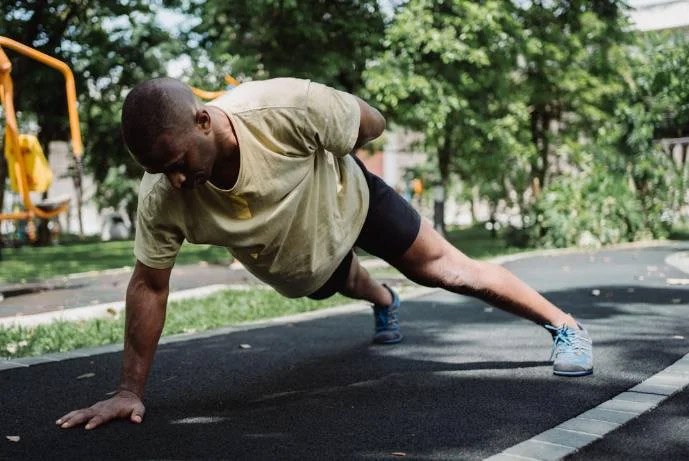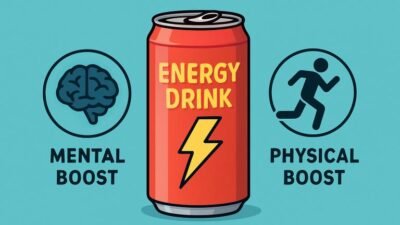Many Australians want to be active but face barriers such as the cost of gym memberships, lack of time, or limited access to fitness facilities.
This is where community fitness spaces are stepping in. Across Australia, councils and local groups are introducing outdoor gyms, multi-use sports areas, and fitness trails. These spaces provide free and inclusive opportunities for exercise. The rise of these spaces reflects a shift in how Australians view fitness — not as a private or exclusive activity, but as a public resource that benefits everyone.
What Makes a Community Fitness Space Different?
A community fitness space is a place where people of all ages can gather, move, and improve their health in an open and welcoming setting. Unlike private gyms that often require costly memberships, these areas are free to use and located in public spaces such as parks, school grounds, and waterfronts.
They are designed with inclusivity in mind. Many feature a mix of cardio and strength equipment, calisthenics stations, fitness trails, or multi-use sports areas. Because they are outdoors, they make the most of Australia’s climate and culture of outdoor living.
Fitness That Welcomes All Ages and Abilities
One of the strongest advantages of community fitness spaces is their inclusivity. They are designed for children, teenagers, adults, and seniors. Parents can exercise while keeping an eye on their kids, who may be using junior-friendly equipment. Teenagers can challenge themselves on calisthenics or ninja-style courses. Older adults benefit from low-impact machines that improve strength, balance, and mobility.
Accessibility also extends to people living with disabilities. Many councils now ensure that outdoor gyms include wheelchair-friendly stations and supportive surfaces.
Organisations such as Proludic Australia have been instrumental in developing outdoor equipment that supports this inclusivity. Their designs focus on making fitness enjoyable and accessible for all age groups and abilities, ensuring that no one is left out of the opportunity to stay active.
Tackling the Cost Barrier to Staying Active
The cost of fitness is one of the biggest hurdles for many Australians. Gym memberships, fitness classes, and sports club fees can quickly add up, leaving some people excluded from regular exercise. Community fitness spaces solve this problem by offering free access to quality equipment.
Because they are open year-round and require no booking, they fit into different lifestyles and budgets. A parent who cannot afford a gym membership can still maintain their fitness while children play at the park. A student or retiree can enjoy structured exercise without worrying about costs. These benefits show why councils are investing in outdoor fitness areas as part of their health and wellbeing strategies.
Boosting Mental Health and Community Connection
The benefits of community fitness spaces go beyond physical health. Exercising outdoors has been linked to reduced stress, improved mood, and better mental wellbeing. When people use these spaces, they also interact with others in their community, whether through group workouts, casual conversations, or shared activities.
This sense of connection reduces social isolation and creates stronger neighbourhood bonds. In busy urban areas, outdoor gyms and fitness trails provide valuable social hubs. They encourage people to spend more time outside, make new connections, and support one another’s fitness goals. By combining exercise with social engagement, community fitness spaces contribute to healthier, happier, and more resilient communities.
Building Safer and More Active Neighbourhoods
Community fitness spaces do more than encourage exercise. They also make neighbourhoods feel safer and more inviting. When parks and public areas attract regular visitors, the increase in foot traffic discourages crime and anti-social behaviour. A busy, active space feels more secure than an empty one.
Research shows that well-used public facilities build stronger community pride. People who see their parks filled with activity are more likely to value and protect them. Families feel more confident letting children play when they know the area is regularly visited by other community members. Over time, this steady use creates neighbourhoods that are both healthier and safer.
Councils Supporting Outdoor Fitness Growth
Local governments across Australia have recognised the value of outdoor fitness areas. Many councils have included them in their public health and urban development strategies. These projects are often supported by funding from state and federal programs that aim to improve health outcomes and promote active lifestyles.
For example, several councils in New South Wales and Victoria have installed outdoor gyms in busy parks and walking trails. In Queensland, local governments have integrated fitness stations into waterfront redevelopment projects to attract both residents and visitors. These investments show that councils see outdoor fitness not as a luxury, but as essential community infrastructure.
Why Good Design Matters in Fitness Spaces
Not all outdoor fitness areas are equally successful. The way a space is designed plays a major role in how often it is used. Equipment must be safe, durable, and easy to understand. Clear signage helps beginners know how to perform exercises correctly. Pathways, shade, seating, and drinking water also encourage people to spend more time there.
The layout matters too. A mix of equipment that targets different fitness levels ensures that everyone can find something suitable. Spaces that are welcoming and inclusive become long-term community assets. Poorly planned or poorly maintained facilities, on the other hand, often sit unused. This is why councils and providers invest in thoughtful design and ongoing upkeep.
Technology Making Outdoor Fitness Smarter
Technology has become an important feature in outdoor fitness. Many pieces of equipment now include QR codes that link to instructional videos or apps. These tools guide users through exercises, track progress, and suggest routines. For beginners, this support reduces the risk of injury and increases confidence. For regular users, it adds variety and motivation.
An example is the ACTI’FUN app, which connects with outdoor fitness equipment to offer tutorials and challenges. It makes exercise more engaging, especially for younger generations who are used to digital interaction. By combining physical activity with technology, outdoor gyms are keeping pace with modern fitness trends.
Community fitness spaces are reshaping how Australians stay active. They provide free and accessible exercise options, reduce barriers like cost and confidence, and bring people together in shared public areas. Beyond physical health, they also support mental wellbeing, social interaction, and safer neighbourhoods.
Local governments, designers, and organisations are investing in facilities that serve entire communities, not just individuals. As these spaces continue to grow, they will play a vital role in creating stronger, healthier, and more connected cities. The future of fitness in Australia is not hidden inside expensive gyms, but out in the open — in the parks, playgrounds, and shared spaces where everyone belongs.



